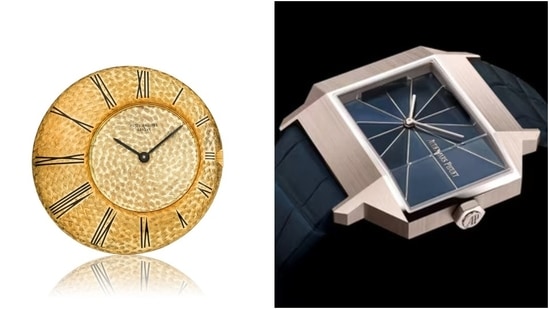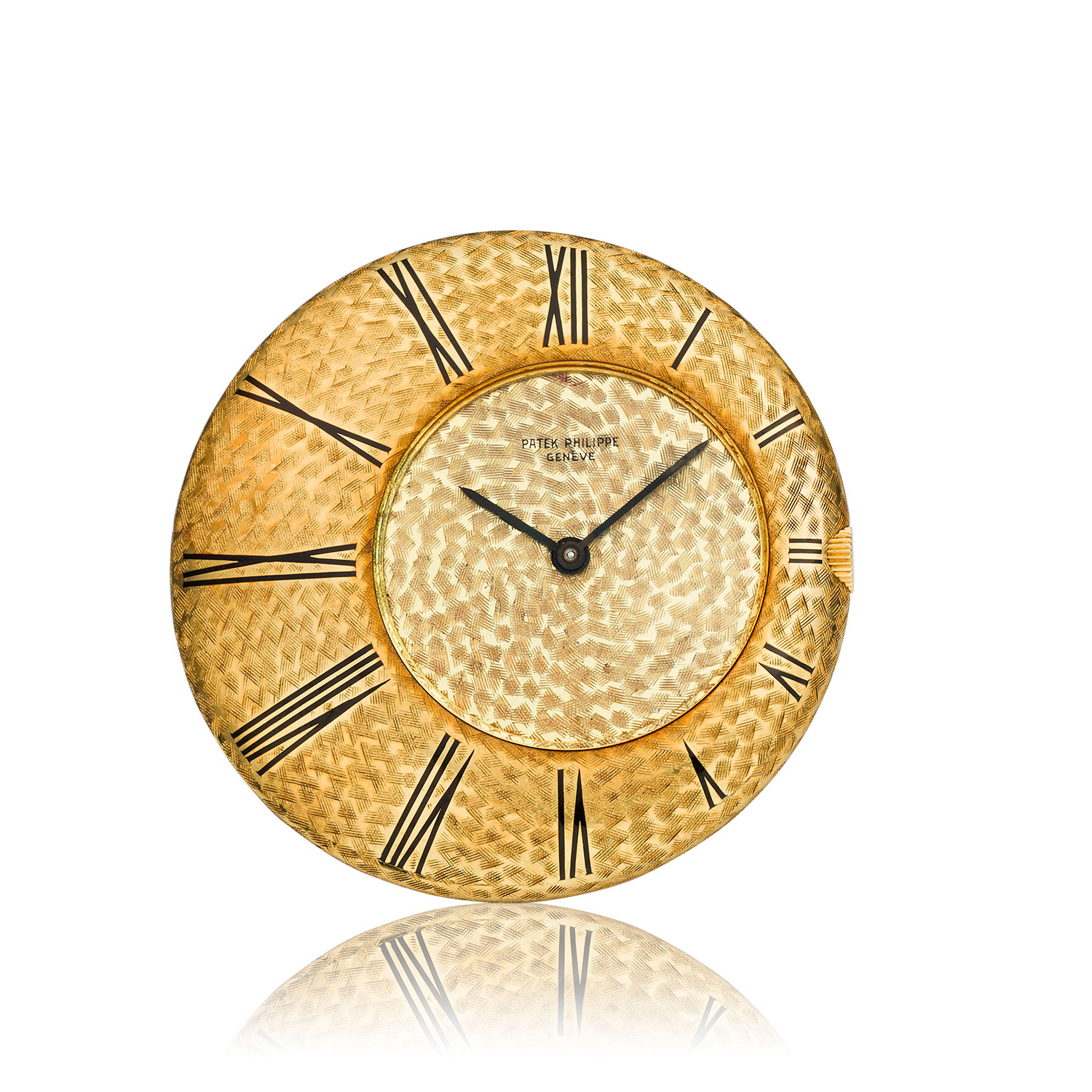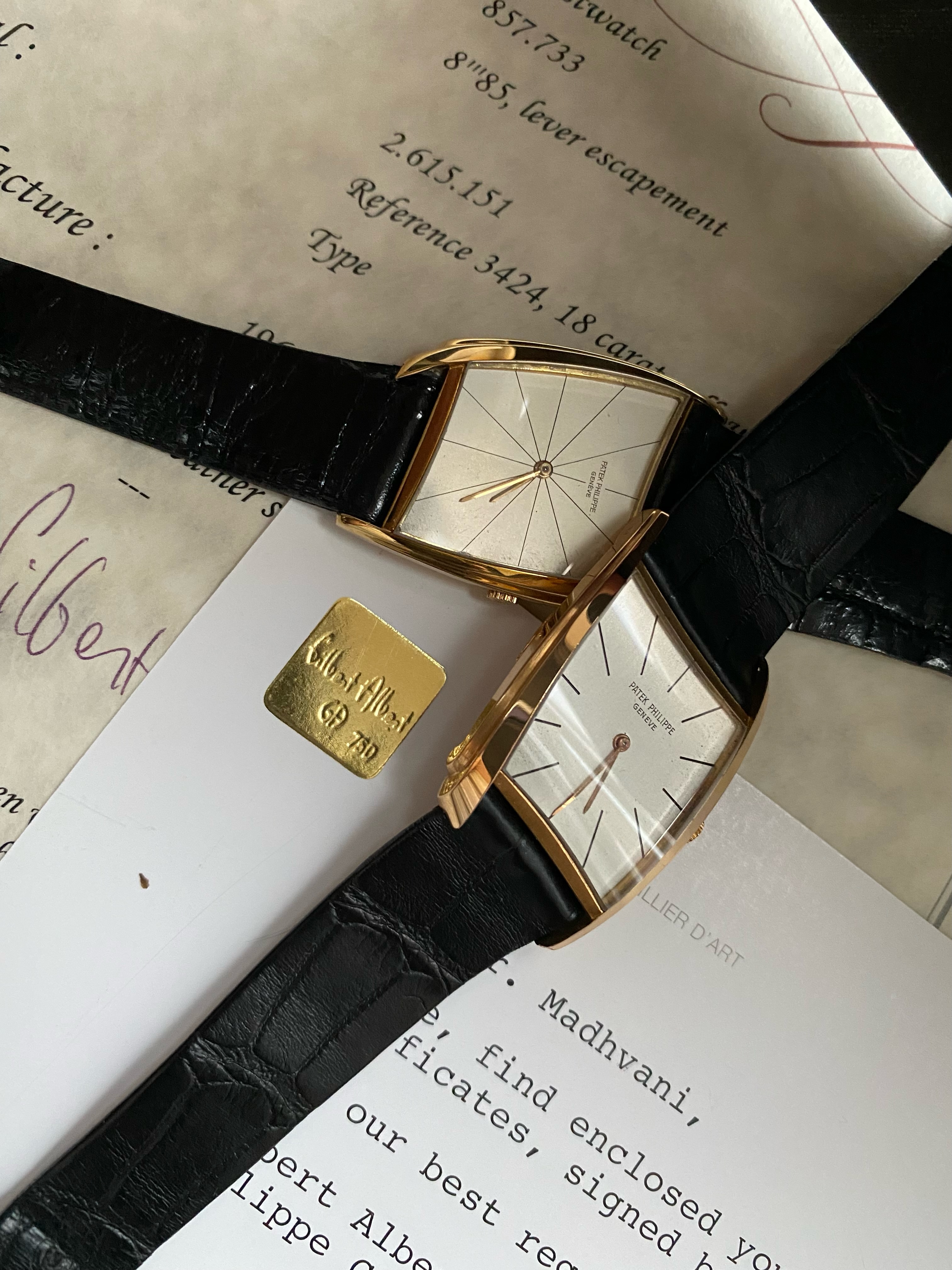
From Audemars Piguet to Berneron, finding beauty in asymmetry
9 months ago | 76 Views
Automobile aficionados of a certain vintage will tell you that they don’t make cars like they used to, cars that could be hung at the Louvre. The Jaguar E-type, Lamborghini Countach, Ferrari 250GT…
Design-focused watch aficionados are also known to nurse a similar kind of grievance, and it takes only one look at the recently launched Audemars Piguet (RE)Master 02 to understand why. The (RE)Master 02 is a window into an age in which watch design was less fettered by commercial pressures and designers experimented boldly, creating watches with uncommon case shapes, striking dials and elaborate lugs.

The timepiece pays homage to the 5159BA, a Brutalist-inspired model that was part of a group of asymmetrical models released by the watchmaker in extremely limited quantities in the late 1950s. The AP has an asymmetrical, rectangular case, a gorgeous assemblage of sharp corners and facets, and resolute lugs that evoke the austere architectural form it pays tribute to.
There are, at this moment, not too many watches like the (RE)Master02, and that’s a pity because what emerged out of the ateliers of Patek Philippe, AP, Vacheron Constantin and Cartier in the post-WWII era was a sparkling display of originality.
A lot of that creative efflorescence can be attributed to the febrile imagination of a man named Gilbert Albert. Albert, a jeweller by training and a hobby entomologist, joined Patek Philippe in 1955 at the age of 25, and, encouraged by Henri Stern, the company’s then president, designed some of the most captivating watch cases ever produced. Albert, who passed away in 2019, felt watch cases needn’t always be round or even rectangular. They could inhabit several shapes, from rhomboid to triangular, and in the case of pocket and pendant watches, bear nicknames such as ‘Flying Saucer’ and ‘Television’.

Before he moved on to primarily designing jewellery, the much feted jeweller, an admirer of the Romanian sculptor Constantin Brancusi and Dutch painter Piet Mondrian, would design out-there stuff such as the ‘Ricochet’ pocket watch and the ref 3424 ‘Rhomboid 3’, an asymmetric men’s watch with a rakish elegance.
Roni Madhvani has been lucky enough to own a couple of them. Madhvani, who is based in Uganda and part of the eponymous family that runs one of East Africa’s largest diversified private sector conglomerates, is much admired for his collection of mid-20th century time-only watches from watchmaking’s holy trinity and Cartier. His four decade-long fascination with vintage and design-genre watches was born when he saw a ref. 3424 Patek Philippe Gilbert Albert from the 1950s in a now defunct auctioneer’s catalogue. Madhvani says he saved up for eight years to acquire that particular watch.

The end of WW-II in 1945 unleashed a torrent of creativity not just in watch design but throughout the arts following wartime austerity and sobriety, says Madhvani.
“The next two decades represented the belle époque of watch design when boundaries were pushed from the traditional ethos. There was no conformity to adhering to manufacturing processes or standardisation and watchmakers engaged with individual case- and dial makers. The unsung heroes of watch design such as Gilbert Albert were able to express their creativity within this context.”
This was before watch brands adopted manufacturing processes and shied away from pushing the envelope of design because of commercial risk and fear of failure, he says.
Geneva-based watch industry consultant Oliver Muller says that most successful watch brands today don’t really innovate in terms of design and rely more on their product icons such as the Nautilus at Patek Philippe or the Royal Oak at Audemars Piguet. Both the timepieces, he reminds us, were designed by the same man : Gerald Genta. “Grooming icons works better for institutional brands rather than creating new ones because they are a lot more well established than they used to be 60 years ago,” says Muller. “And let’s face it, the most iconic architecture, or cars, or watches are all rooted in the 1950 to the 1970s. Porsche never managed to reinvent a new 911 and neither has Patek redesigned a new Nautilus.”
Quite naturally, it is difficult to imagine a place for a Gilbert Albert in today’s largely incremental and corporatised world of watch design, but Madhvani says he has spotted a revival of creativity with brands such as Berneron and Anoma.

UK-based Anoma marked its debut last month with the $1,700 ( ₹1.42 lakh) A1 whose triangular case takes after the shape of a table designed by Charlotte Perriand in the 1950s. Sylvain Berneron’s Mirage, on the other hand, has a melting face that is housed in a white or yellow gold case and is designed using the principles of the Golden Ratio. The Mirage, which costs about $60,000 ( ₹50 lakh), has a manually wound movement that follows the exact shape of the case. It might remind you of the Cartier Crash, the original surrealist masterpiece, but there is no doubting that it is a watch with a rare attribute: personality.
Read Also: Friendship Day deals: 10 top wearable devices worth gifting to your best friends




















